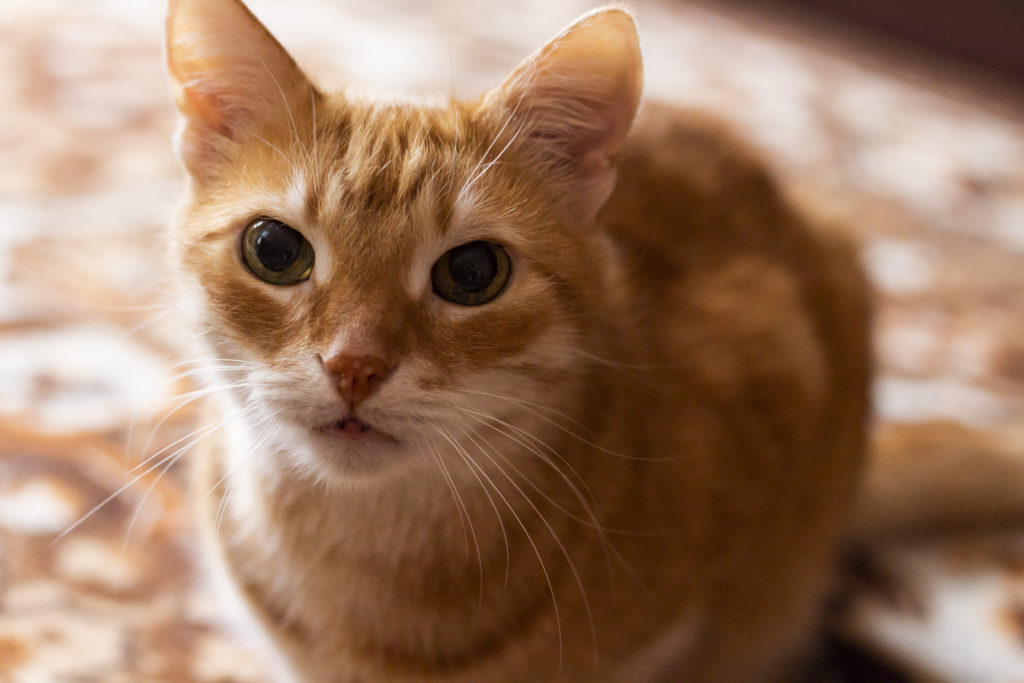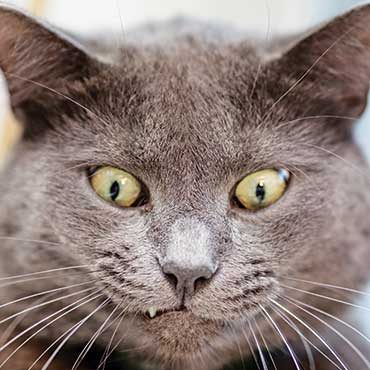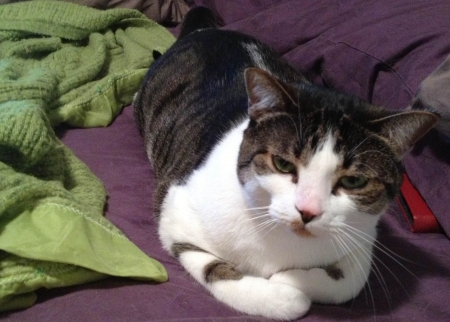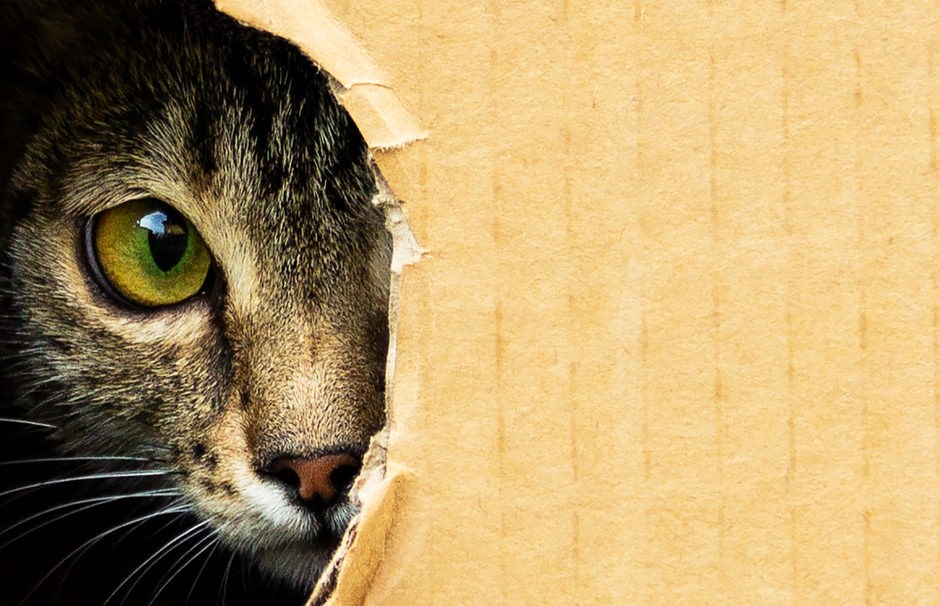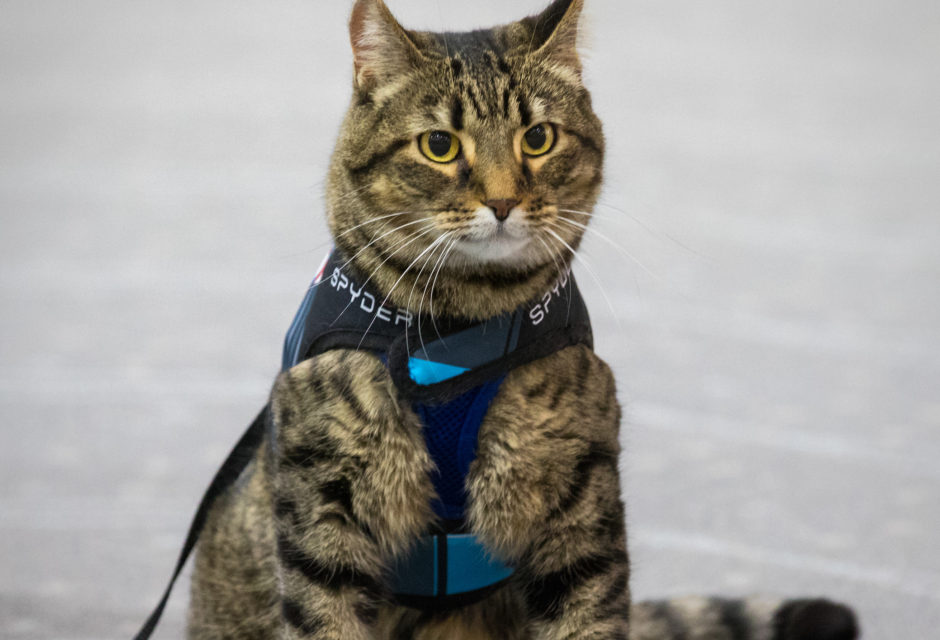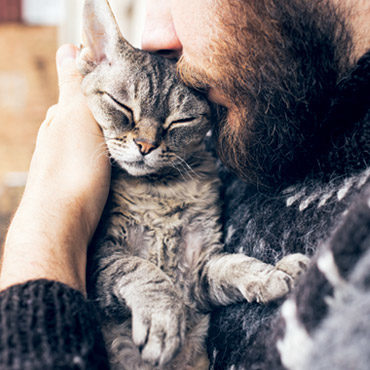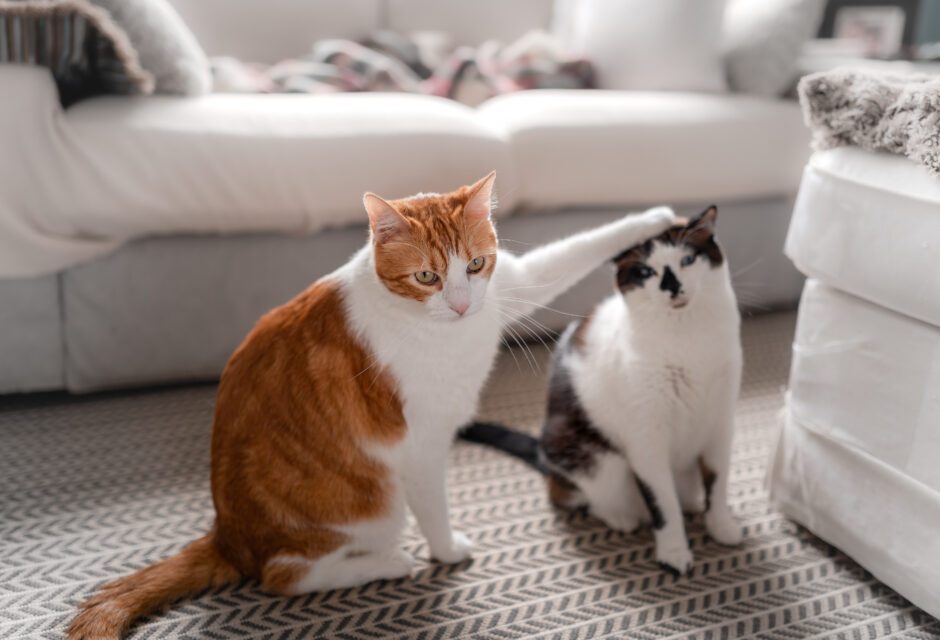

10 Things Cats Wish You Would Stop Doing
Cats are so tolerant of the many things well-meaning caregivers do. Most of what caregivers do that cats don’t like is done with the intention that they’re beneficial to a cat, but there are also things done that create unnecessary stress or even health issues. You may not do any of the things on this list, or maybe you’re guilty of one or two. View this list as an opportunity to do a quick self-check.
1. Not Providing a Safe and Comfortable Environment
You may think you’ve covered all the bases by providing an indoor environment for your cat, but if you have a multicat environment and haven’t addressed tension or resource guarding, one or more of your cats may be living with ongoing stress. It’s important to do necessary behavior work to help all cats in the home feel safe and comfortable, without having to worry about competing for resources.
2. Declawing
Fortunately, this is becoming an illegal procedure in more locations around the world. The removal of a cat’s claws is strictly for the convenience of the cat parent, mostly out of concern for damage to furniture. Cats need their claws for physical and emotional health. Declawing can result in long-term pain and behavior issues.
3. Not Providing an Appealing Litter Box Set-Up
The litter box is definitely not the fun part of living with cats, but don’t let your dislike of this aspect of cat life prevent you from providing the right litter box set-up. I’ve seen too many litter boxes that are way too small, not kept cleaned, or placed in inconvenient locations. The litter box should be 1 ½ time the length of a cat from the tip of the nose to the base of the tail. There should be the same number of litter boxes as cats, plus one extra for good measure. Boxes should be scooped at least twice a day and completely emptied and cleaned on a regular basis.
4. Punishment
If you’re under the impression that a cat is being bad when displaying unwanted behavior, you may be inclined to view punishment as an appropriate training technique. Cats don’t display behavior out of spite or to misbehave. Behaviors are repeated because they serve a purpose. The cat is trying to solve a problem in the best way he knows how. Punishment only confuses the cat, increases his fear of you, can trigger aggression, and doesn’t provide the information he needs to solve the problem. Stop using punishment, and instead, look at the situation from your cat’s point of view so you can come up with an effective solution.
5. Not Providing Enrichment
Cats were born to move. Environmental enrichment is beneficial for both physical and mental health. If you simply leave your cat alone for the bulk of his day without providing opportunities to play, discover and use his exquisite cat skills, you could be setting him up to become bored, stressed or even depressed. Engage in at least two interactive playtime sessions per day. For solo play, be sure your cat has places to climb, scratch, and engage in catching some indoor prey in the form of irresistible toys. Puzzle feeders are another wonderful addition to environmental enrichment as they provide your cat with the opportunity to receive a food reward for a “hunting” job well done.
6. No Personal Space
Your cat is a sociable creature, but he also needs places where he can retreat and be alone. Even if your cat is the only kitty in the home, he needs spots to chill out and get away from household chaos. When he does choose to curl up on the perch of a cat tree or in his cozy bed, he may be saying he doesn’t want to interact right now. Respect your cat’s need for alone time and personal space.
7. Making Abrupt changes
This ranges from changing his brand of food to the introduction of a new cat into the household. Cats find comfort in familiar routine and it’s far less stressful if changes are introduced gradually.
8. Ignoring Changes in Behavior
Cats are creatures of habit so when there’s a change in behavior or routine, it should be viewed as a potential red flag that something is wrong. The behavior change could indicate a potential medical problem or there could be something else going on that needs your attention. Things such as a playful kitty becoming withdrawn, changes in appetite or litter box habits or any other behavior that is not typical of your cat shouldn’t be ignored.
9. Leaving Your Cat Alone Too Long
Some people adopt cats because they view them as low maintenance pets that can be left alone for long periods. This sets cats up for unnecessary stress, loneliness and potential injury. Aside from the loneliness, it’s also confusing to have his daily routine changed by your sudden absence for days at a time. If you plan on traveling, hire a pet sitter or have a trusted friend come in and care for your cat so mealtime and litter box maintenance can be kept up, as well as doing safety checks and providing some companionship.
10. Not Respecting the Sensitivity of a Cat’s Senses
The music may be too loud, you may spray room freshener near the litter box, not keep the litter box clean enough, or maybe you’re guilty of startling your sleeping cat by just coming up behind him and abruptly picking him up. Cats have sensitive senses so be respectful of not overwhelming, frightening, or creating discomfort.
Pam Johnson-Bennett
Certified Cat Behavior Consultant & Best-Selling Author
Pam Johnson-Bennett is a certified cat behavior consultant and best-selling author of 8 books on cat behavior. She starred in the Animal Planet series Psycho Kitty, seen in Canada and the UK. She was a vice president of the International Association of Animal Behavior Consultants and founded their cat division. She has served on an advisory board for the American Humane Association as well as other animal welfare organizations.
Pam is considered a pioneer in the field of cat behavior consulting, having started her career in 1982. Some of her books have been used as textbooks for behavior courses and she has influenced many practicing in the field today. Her book, Think Like a Cat, has been referred to as the cat bible.
Pam owns Cat Behavior Associates, located in Tennessee. She lives with her husband, two children, a rescued cat, and a rescued dog.
Join the newsletter and never miss out on cat content again!
"*" indicates required fields
By clicking the arrow, you agree to our web Terms of Use and Privacy & Cookie Policy. Easy unsubscribe links are provided in every email.







